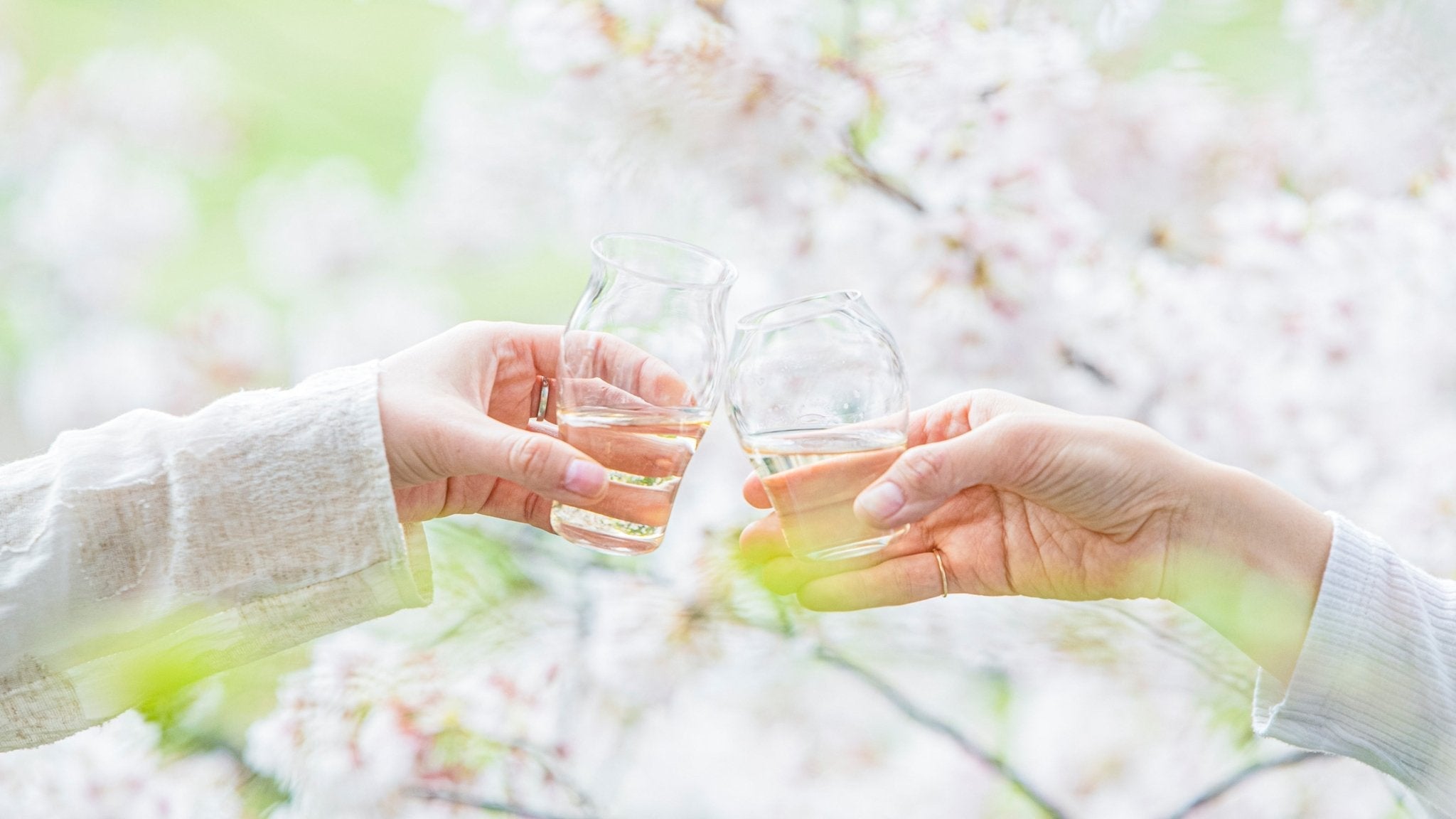
"Hanami" Sakura Viewing Party: Cherishing the tradition of beautiful Japanese spring
Written by Team MUSUBI
The paths and landscapes we usually walk along can suddenly turn into a different world. That is when the cherry blossoms are in full bloom, heralding the arrival of spring.
Japanese people have always had the custom of enjoying the seasons in various ways, and it is no exaggeration to say that "hanami (cherry blossom viewing)" is one of the biggest events in the year that allow people to savor the beauty of the season.
In this article, we will introduce hanami in detail, which has been an age-old tradition in Japan.
tables of contents
The History of Hanami (Cherry Blossom Viewing)

In the Kamakura and Muromachi periods (c.1185-1573), the custom of hanami spread among the samurai families, and during the Azuchi-Momoyama period (c.1568-1600), warlord Toyotomi Hideyoshi held grand hanami parties at Yoshinoyama in Nara and Daigoji in Kyoto, which are famous hanami spots.
It was during the Edo period (c.1603-1867) that the general public began to enjoy hanami. During the reign of Tokugawa Yoshimune, Kan-eiji Temple in Ueno was a popular hanami spot, but as the ancestral graves of the Tokugawa shoguns were located there, noisy and drunken behavior was tightly regulated, thus it was difficult to fully relax and enjoy.
Yoshimune, feeling sorry for this, decided instead to plant cherry trees a little further away from Edo and create a place where the common people could enjoy more freely. This is how the current hanami style of going out to where the cherry trees are, and having a party under them came to take root.
With the Meiji period (1868-1912) came a surge in the planting of Somei-yoshino, and even more so after World War II when they were planted as symbols of rebuilding and peace. Nowadays, when we think of cherry blossoms, we usually think of Somei-yoshino, and it has become a tradition to appreciate them at hanami.
The Way to Enjoy Hanami

Food was one of the main attractions of hanami. Various stalls lined the cherry blossom viewing spots and many teahouses and tea stalls were crowded with people. There are records of fishcake soup, starch syrup candy and sakura mochi (pink-colored Japanese sweets) being sold. As bento culture flourished during the Edo period, sumptuous feasts were packed in stacked boxes. Moreover, some wealthy people brought everything, including stacked boxes, and a wide variety of tableware and drinkware, in a stylish tiered picnic box.
In addition, women wore full make-up and adorned themselves with special kimonos called hanami Kosode, intricately embroidered with gold and silver threads and bright colors to match the beauty of cherry blossoms. As a form of entertainment, the lower-ranked Kabuki actors surprised Hanami-goers by performing improvised plays of parody.
Above all, what people looked forward to most was drinking and making noise. They enjoyed the sounds and sights of the shamisen performance and farce, and stretched their wings to the fullest.
The people of Edo seem to have enjoyed this annual event to the fullest, from clothing to food, play and entertainment, and to have savored the whole space with cherry blossoms.

Present Days of Hanami

This has been shifted towards doing hanami with family, close friends and loved ones, in familiar places, without having to travel so far. In addition, the number of people doing hanami alone is also increasing. This may be because the purpose of hanami is shifting towards a sense of seasonality and comfort and relaxation, rather than enjoyment in large numbers.

As the size of the group of people gets smaller, more and more people want to enjoy themselves in a more relaxed and leisurely manner. This would also allow people to enjoy hanami in an authentic way, paying particular attention to the food and the sake. For example, sipping sake from an elegant lacquerware sake cup decorated with cherry blossom petals is surely to be an unforgettable experience.








Leave a comment
This site is protected by hCaptcha and the hCaptcha Privacy Policy and Terms of Service apply.